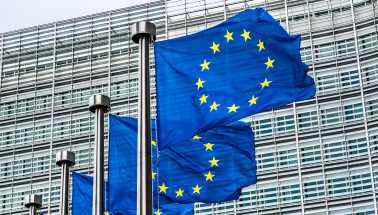Faster progress towards circular economy in the EU needed
To ensure a more sustainable use of materials and enhance strategic autonomy, the EU must continue and strengthen its efforts to reduce consumption of materials and waste. The European Commission revised their Circular Economy monitoring framework in May 2023. It’s supposed to help to better track progress in the transition to a circular economy in the EU and considers how it can contribute to climate neutrality, resilience and global sustainability.
The revised monitoring framework for circular economy includes new indicators, such as material footprint and resource productivity. These indicators monitor the material efficiency of the EU’s production and consumption system. It also includes new indicators to measure progress towards the waste prevention targets. All these are key building blocks of a circular and zero-pollution economy. In addition, the framework monitors the contribution of a circular economy to sustainability, climate neutrality and resilience, by taking account of the consumption footprint, greenhouse gas emissions from production activities, material imports dependency and EU self-sufficiency for critical raw materials.

Despite some improvements in circularity, the EU economy is still mostly linear, with secondary materials accounting for less than 12% of all materials used in the EU economy. Trade in secondary raw materials is increasing both within the EU and with non-EU countries. For many specialty metals and rare-earth elements (such as lithium, gallium and neodymium), the end-of-life recycling input rate is around 1%, while end-of-life recycling rates reach 16% for nickel and 22% for cobalt, both of which are raw materials used in batteries.
Find out more here